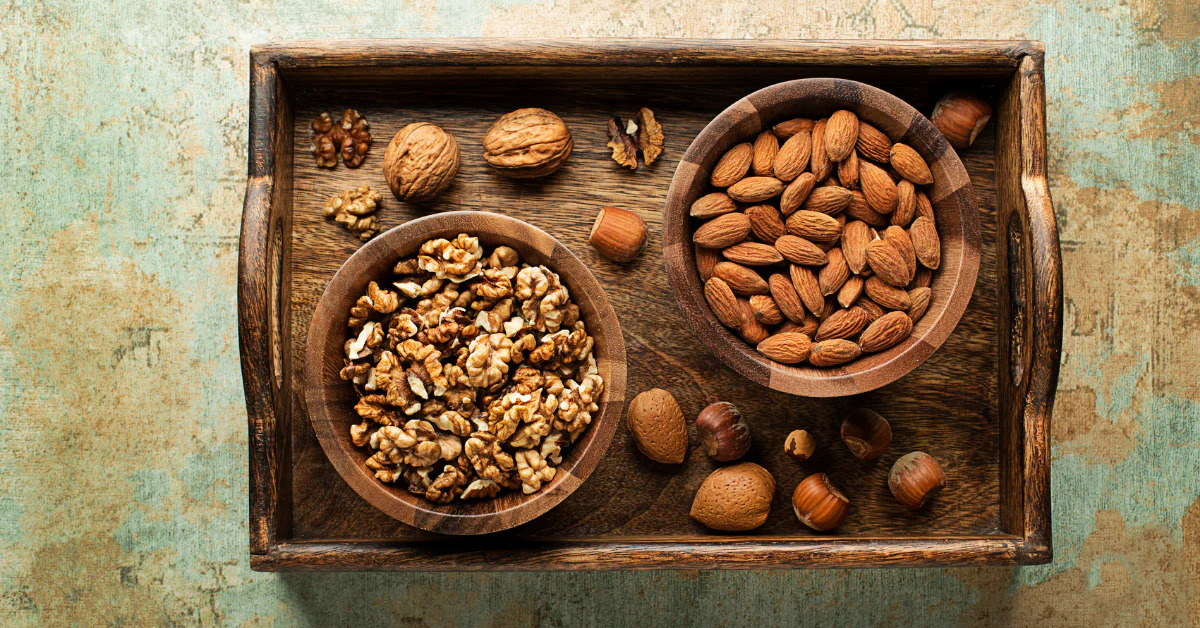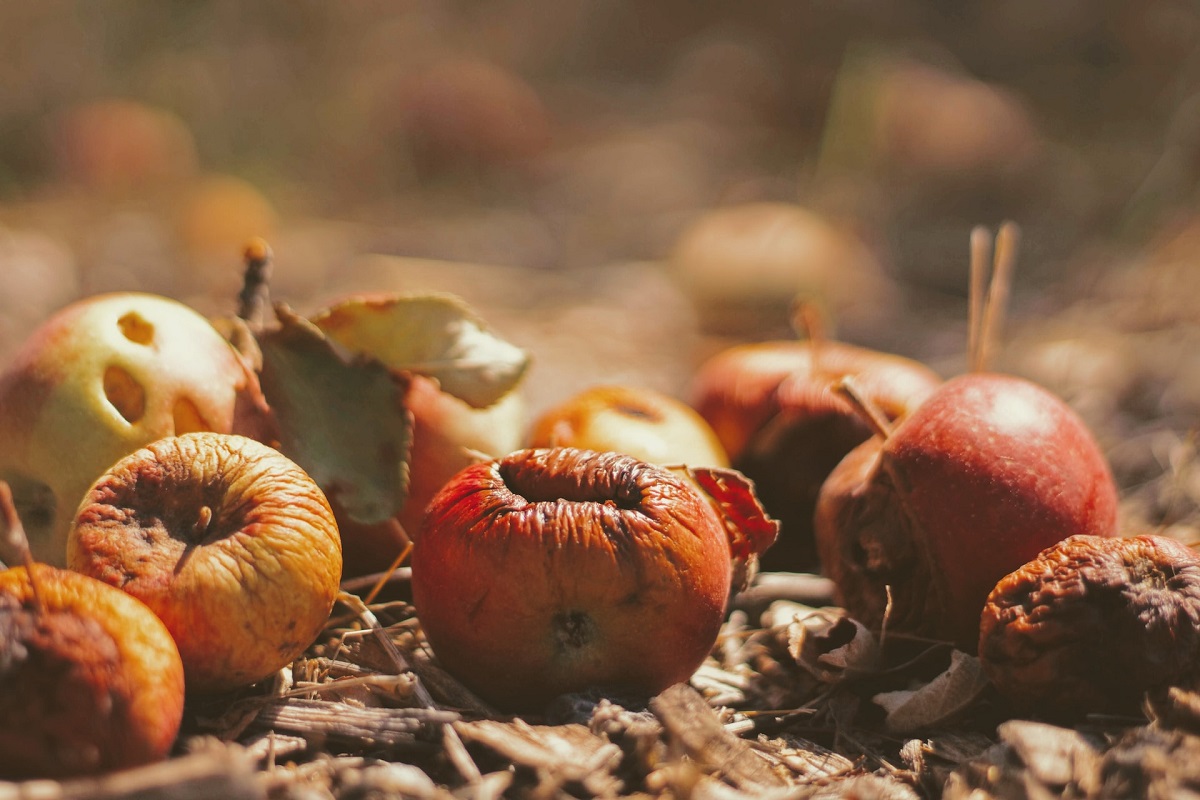Climate Impacts On Agriculture And Food Supply
As our climate continues to heat up, the impacts of this changing climate are getting more frequent and severe over time.
In this article we will discuss about Climate impacts on agriculture and food supply.
The farmers’ communities all across the world will be challenged by agricultural climate change, and the US farmers will not be spared the damage.
In fact, the industrial model in most countries of the world neglects soils, reduces diversity, and heavily relies on pesticides and fertilizers, making farms susceptible to climate change.
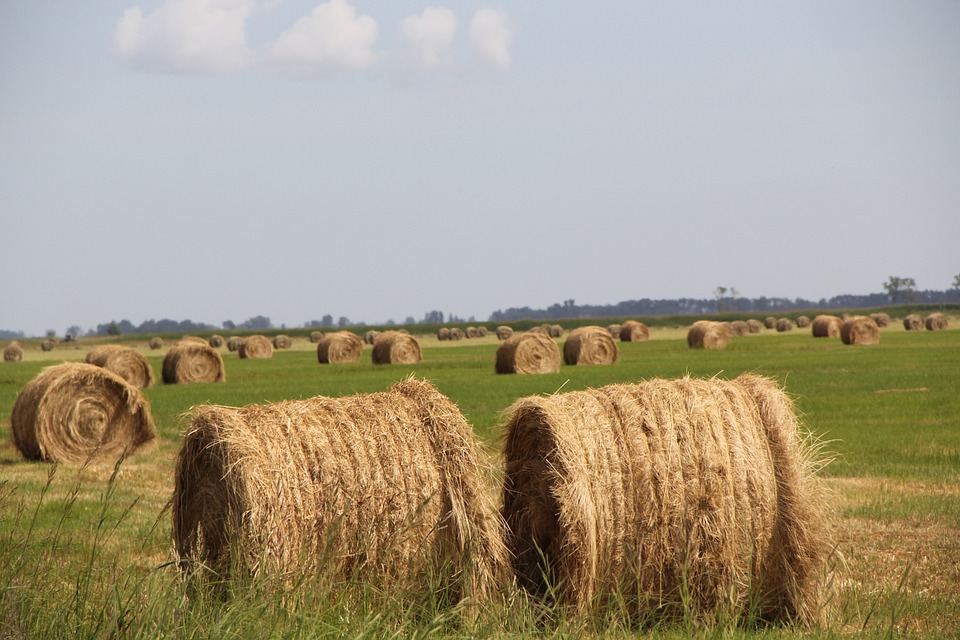
The combination of climate change and the vulnerable industrial system is a threat to farmers’ livelihoods and the food supply chain.
However, some tools in the form of science-based farming practices can protect farmers from the negative effects of climate change and help them make more resilient and sustainable operations.
But farmers may face many obstacles in adopting new practices, so policymakers must shift federal agriculture investments to support this transition.
Let’s explore what climate change is and how it impacts our agriculture and food supply chain.
What Is Climate Change?

Climate change is defined as a long-term shift in temperatures and weather patterns. These shifts can be natural or due to some variations in solar cycles.
Since the 1800s, human drivers have been the most significant driver of climate change, primarily due to burning fossil fuels like gas and oil.
Burning fossil fuels produce greenhouse gas emissions which act like a blanket wrapped around our planet, trapping the sun’s rays and raising the earth’s temperature.
Examples of greenhouse gasses that are causing climate change include carbon dioxide and methane.
Agriculture and fisheries highly depend on the climate. An increase in carbon dioxide and temperature can increase some crop yields in particular areas, provided the nutrient level, soil conditions, and water availability is perfect.
However, the warmer water temperature can cause the habitat ranges of many fish to shift, resulting in disruption of the ecosystem.
Overall, climate change makes it difficult to grow crops, catch fish and raise animals. Now that you understand what climate change is let’s look at its impact on crops, livestock, and fisheries.
Impact Of Climate Change On Crops:
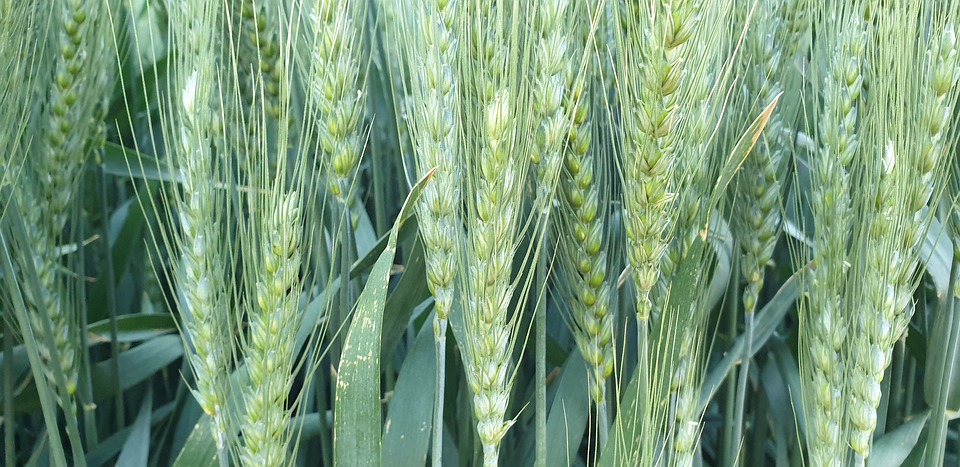
Crops grown in the US are critical for the food supply chain here and all across the world. The US farms supply almost 25% of all grains, such as wheat, rice, and corn, on the global market.
Changes in temperature, atmospheric carbon dioxide, and intensity of extreme weather can cause a significant impact on crop yield.
For a particular crop, the effect of increased temperature depends on the optimum temperature required for the growth and reproduction of that crop. In some areas, the rise in temperature may be beneficial for some types of crops.
Otherwise, farmers have to shift to crops that are grown in warmer areas. Conversely, its yield declines if the temperature exceeds a crop’s optimum temperature.
High levels of carbon dioxide and CO2 can affect crop yield. Some laboratory experiments show that elevated levels of carbon dioxide can increase plant growth.
However, other factors, such as changing temperature, nutrients, water, and ozone, can counteract these potential increases in crop yield.
For example, if the temperature is high and reaches above the optimum temperature of the crop and sufficient water and nutrients are unavailable, the yield increase may be reversed.
Similarly, elevated CO2 has resulted in reduced nitrogen and protein content in alfalfa and soybean plants, which means a loss in quality.
Reduced quality of forage and grains reduce the ability of pasture to support grazing livestock.
Dealing with drought can be a great challenge in areas where high summer temperatures cause soils to become drier.
Although increased irrigation can tackle this problem, it is not possible in all areas.
In areas where sufficient water supply is not available high-temperature results in reduced yield.
More extreme temperatures and precipitation can stop crops from growing. Extreme events such as droughts and floods can harm crop yields.
For example, in 2010 and 2012, high nighttime temperatures affected the yield of corn across the US.
In 2012 corn, belt, and premature budding caused $220 million in losses for Michigan cherries.
Many weeds, fungi, and pests grow under warmer temperatures, increased CO2 levels, and wet climates.
Currently, farmers in the US spend more than $11 billion per year to remove weeds that compete with crops for nutrients, light, and water.
The range and distribution of weeds and pests are likely to increase due to climate change.
It can create new problems for farmers’ crops previously unexposed to these species.
Although rising carbon dioxide stimulates plant growth, it causes a reduction in nutritional value in most food crops.
It is seen that the high level of atmospheric carbon reduces the concentration of essential minerals and proteins in wheat, rice, and soybean.
This loss in the nutritional quality of crops represents a potential threat to human health.
On the other hand, climate change results in increased pest variety resulting in more use of pesticides which is also a threat to human health.
Farmers should look for smart agriculture techniques to reduce the impacts of climate change and increase crop yield.
Impact Of Climate Change On Livestock:
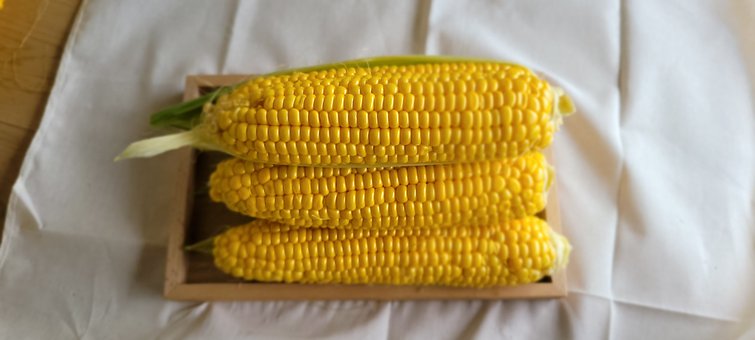
According to research, Americans consume more than 36 million tons of poultry and meat each year.
Livestock and poultry account for over half of US agricultural cash receipts, often over $100 billion per annum.
Let’s see how climate change can affect livestock directly and indirectly:
The most significant impact of climate change is heat waves, and they can impact livestock.
In 2011, exposure to high temperatures caused over $1 billion in losses to agricultural producers.
Heat stress can impact animals in different ways, such as increased vulnerability to disease, reduced milk production, and reduced fertility.
Climate change also increases the number of diseases and parasites that can affect livestock.
There is a change in seasonal timing, and the early onset of spring and warmer winters provide more suitable conditions for some pathogens and parasites.
In areas with increased rainfall, the number of moisture-reliant pathogens can increase.
Drought can also be a threat to pasture and feed supplies. Droughts also reduce the quality of forage available to livestock.
Some areas have intense droughts due to high summer temperatures and low precipitation.
For animals that rely on grains for their Food, changes in crop production due to drought can also be a problem for those animals.
An increase in the amount of carbon dioxide may increase the productivity of pastures but reduce their nutritional quality.
It means the number of plants on which livestock feed may increase; however, the quality of forage reduces with higher carbon dioxide.
In this way, animals have to eat more to get the same nutritional benefits.
Impacts Of Climate Change On Fisheries :
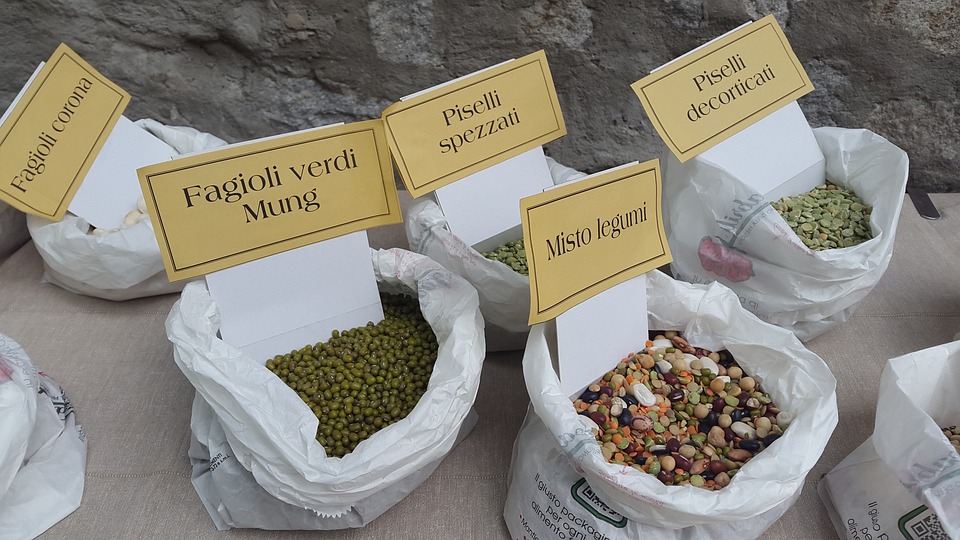
With the change in climatic conditions and temperature of the water, the range of many fish and shellfish species may also change.
In waters off the northeastern United States, many economically important species of fish have shifted northward since the late 1960s.
Climate change results in an increase in the temperature of the water.
Due to this many aquatic species move to the colder areas of lakes and streams or move along the north coast.
Moving to new areas puts these species into competition with the already existing species in that area for Food and other resources.
Climate change is also linked with some marine disease outbreaks.
High water temperatures and a high amount of estuarine salinity enabled oyster parasites to spread across the Atlantic coast.
Warmer winters are contributing to diseases in salmon in the Bering Sea.
Research has shown that higher temperatures are causing disease outbreaks in coral, eelgrass, and abalone.
Furthermore, temperature changes also affect the timings of migration and reproduction.
Many steps in the life cycle of aquatic animals are controlled by temperature and changing seasons.
Along with other climate impacts, these impacts lead to many fish species extinction.
In addition to warming, a significant impact of climate change is high levels of carbon dioxide are making the world’s oceans more acidic.
This increase in acidity is harmful to shellfish as it is weakening their shells, which are created by removing calcium from seawater.
Acidification also threatens some sensitive structures in the ecosystem on which some fish and shellfish rely.
In addition to warming, a significant impact of climate change is high levels of carbon dioxide are making the world’s oceans more acidic.
This increase in acidity is harmful to shellfish as it is weakening their shells, which are created by removing calcium from seawater.
Acidification also threatens some sensitive structures in the ecosystem on which some fish and shellfish rely.
Climate Change At International Level:
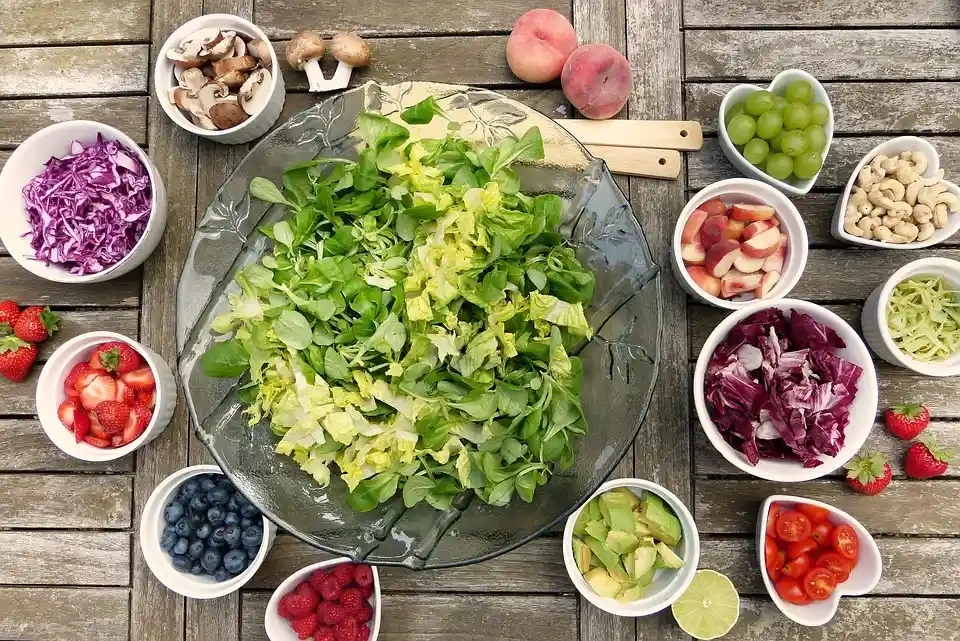
Climate change is likely to affect agriculture, food supply, and, ultimately, food security at the local, regional and global levels.
It can destroy the food supply chain, reduce access to Food, and affect the quality of available Food.
For example, an increase in the earth’s temperature, extreme weather events, changes in rain patterns, and reduction in water availability can all result in lower crop yield.
In addition, extreme weather conditions are also an obstacle in the delivery of Food and result in spikes in food prices.
High temperature is also a cause of spoilage and contamination of fresh produce.
These negative effects of climate change on agriculture and the food supply chain are similar to those we have seen in the United States.
In addition, other stressors like population growth also magnify these effects and increase food security.
In developed countries, farmers understand the advantages of climate-smart practices such as crop management and improvements to irrigation or ranching practices.
But in developing countries, adaptation to these practices is limited.

Any climate-related change to food production or supply, domestically or internationally, may significantly impact the quality and safety, and food access.
For example, the transportation of Food in the US is usually done by water. So, in case of any extreme weather condition that affects the waterway, the food supply will also be affected.
High temperatures and low rains can cause severe drought in summer.
These transportation changes can reduce the ability to export crops they produce in the international market and can impact global food prices.
Final Words :
Climate change is a potential threat to our planet. The most significant impacts are an increase in temperature and high levels of carbon dioxide. These changes in the environment can cause a reduction in agricultural production, the quality of food products, and our ecosystem.
The high levels of CO2 may be a stimulant for plant growth and may increase crop yield, but it reduces the nutritional quality of crops. The increase in temperature causes fish to move to colder areas and compete for Food and other resources.
Similarly, livestock may not get nutritious plants which ultimately produce low-quality meat. We should look for climate-smart ways to protect our agriculture system, livestock, and fisheries from the negative effects of climate change.


